|
Our 30th episode! Hard to believe we started in March, 2019 at episode 1! In this episode of Food History Happy Hour, we made the Pink Garter cocktail from 1946 and discussed all things wedding food! We started off with WWII rationing and wedding cakes, moved into 19th century wedding breakfasts, why they were called "breakfasts," and the types of food served, including the Medieval origins of wedding cakes, which were originally (and sometimes still are) fruitcake! Then we moved onto trends in cake design, the influence of Queen Victoria on fashionable weddings, and launched into a discussion of famous literary weddings (including Laura Ingalls Wilder and Meg March from Little Women) which then devolved into an (attempted) discussion of what was served at Miss Havisham's wedding breakfast.
In earnest pursuit of Anna Katherine's request to know what was at Miss Havisham's wedding breakfast, I could find no official reference. The original text only refers to the bride's cake and an epergne filled with something cobwebby and rotting. Almost certainly fruit if, like Elizabeth theorized, Miss Havisham's wedding had taken place in the 1810s.
I did, however, find an etiquette book from 1834 that had this to say about weddings: "The breakfast should be supplied by a first rate confectioner and the table should be as beautiful as flowers plate glass and china can make it. The ordinary menu of a wedding breakfast is as follows. Tea, coffee, wines, cold game and poultry, lobster salads, chicken and fish à la Mayonnaise, hams, tongues, potted meats, game pies, savory jellies, Italian creams, ices, and cold sweets of every description." So lots of meat, seafood, and sweets, all served cold. I can only imagine what rotting lobster or fish smelled like in Miss Havisham's house. Yuck. And while I wasn't able to find an actual menu from Queen Victoria and Prince Albert's wedding, I did find a clip from the show Anna Katherine was referring to! The Pink Garter (1946)
Tonight's cocktail came from perennial favorite The Roving Bartender by Bill Kelly, published in 1946. This was a very straightforward, very delicious drink. Super simple, but surprisingly complex-tasting. If you like raspberry lemonade, this drink will be right up your alley. If sweet drinks are not your thing, cut down on the grenadine, or up the gin ratio. It calls for:
1/3 ounce lemon juice 1/3 ounce grenadine 1 ounce dry gin Shake with ice and strain into a martini glass. I garnished mine with a maraschino cherry for extra pizazz. Still looking for more wedding food history? You can watch my illustrated talk as recorded recently for a library lecture!
That's all for this month's Food History Happy Hour! I've got a TON of talks coming up in June, so be sure to check out the events calendar, and we'll see you at the next Food History Happy Hour on June 18th!
The Food Historian blog is supported by patrons on Patreon! Patrons help keep blog posts like this one free and available to the public. Join us for awesome members-only content like free digitized cookbooks from my personal collection, e-newsletter, and even snail mail from time to time! Join by June 30, 2020 and get a picnic history packet mailed to your door!
Don't want to join Patreon? Use our new Tip Jar instead! You can make a one-time donation any time, not strings attached.
0 Comments
Spring has sprung, with daffodils nodding in the frosty air and trees starting to bud out. So it seemed apt to celebrate with another tea party! Once again, our tiny tea party with just one friend featured all-vegetarian recipes, since said friend is a vegetarian. And also because chicken salad, while delicious, seems lazy when you're looking for something new and interesting to try. This one featured recipes from a new cookbook acquisition, The Lunch Box and Every Kind of Sandwich by Florence Brobeck. My edition was published in 1949, although I believe the original was published sometime in the 1930s. It's also a bright orange library binding without the original dust jacket. So no pretty cover to show off this time! Unlike last time, my ambitious list didn't go QUITE as planned. Adapting historic recipes can be like that. 1940s Spring Tea Party MenuOpen-Faced Radish and Butter Sandwiches on White Open-Faced Cucumber and Cream Cheese Sandwiches on Rye Blue Cheese, Pecan, and Celery Sandwiches on Whole Grain 1940s Whole Wheat Honey Quick Loaf 1940s "Plain Buns" with Butter and Jam Fresh Sugared Strawberries Strawberry Lazy Daisy Cake Walnut Tassies Hot Cocoa Tea with Cream and Sugar The SandwichesRadish and butter sandwiches just scream spring to me, and they're very easy to put together. To make things extra fancy, cut sliced bakery bread (not the squishy kind from the bread aisle - hit the bakery and get peasant, sourdough, brioche, or in a pinch, French or Italian bread) with a cookie or biscuit cutter into rounds. Spread with soft butter, top with thinly sliced radishes, and a sprinkling of salt (I used pink Himalayan). The salt is what makes the radishes look wet, but adds a nice flavor. Open-faced cucumber sandwiches are equally easy. Make a cream cheese spread with softened cream cheese (15 seconds in the microwave does the trick), and thinly sliced scallions and dried dill. You can use jarred garlic or minced sweet onion instead of scallions. Spread it on any kind of rye bread. Top with English (a.k.a. seedless - even though they're not - or burpless) cucumbers. If you're hungry, top with another slice of bread spread with the cream cheese mixture, otherwise serve open-faced (which is prettier and more Scandinavian). If you're going really fancy, use fresh dill in the cream cheese and top each sandwich with a sprig of fresh dill. The little square sandwiches were a mashup of two recipes from the The Lunch Box - "Roquefort Cheese and Celery" and "Pecan and Celery" fillings. I decided to mash them up - literally - into one, slightly more interesting filling. I mixed a quarter pound of very soft blue cheese with about a cup each of diced pecans and finely minced celery, with a splash of Worcestershire sauce. It was a curious mixture. Next time I would probably add cream cheese to temper the blue cheese a little, and maybe add some scallions and/or smoked paprika. But otherwise it was quite nice on squares of thinly sliced whole grain bakery bread. Half the fun of tea sandwiches is the fun and dainty shapes you create. I always find it easier to slice the bread first, and then fill, but some people do it the other way around. Whole Wheat Honey Quick LoafWhen one encounters a recipe entitled "Honey Bread," one expects it to taste of, well, honey. Instead, the spicing of this little quick bread leaves the impression of gingerbread more than honey. Curiously, the recipe also contains no fat. I was skeptical, but aside from an accidental overbaking (which I think dried it out), it turned out fairly decently, if scarcely tasting of honey. I followed this recipe pretty much to the letter. It makes a tall loaf with a springy crumb - not at all the crumbly, moist, cake-like texture we come to associate with most quick breads today. Much more like true bread texture than cake. Here's the original recipe: 2 cups flour (I used white whole wheat) 1 teaspoon baking powder 1 teaspoon soda 1 teaspoon salt 1 teaspoon ground ginger 1/2 teaspoon ground cinnamon 1 egg 1 cup milk 1/2 cup liquid honey Sift the flour and measure it; then sift three times with the dry ingredients (or if you're lazy, just whisk everything together). Beat the egg with the milk, and stir this into the dry ingredients alternately with the honey. Beat and pour into a greased loaf pan. Bake in a moderate oven (350 degrees F.) about forty-five minutes or until done. Tip out of the pan and cool on a rack. Serve with salted butter, honey butter, and/or jam. 1940s "Plain Buns"This recipe is deceptive. The title, "Plain Buns" is not accurate - flavored with lemon zest and currants (I used golden raisins), the flavor was surprisingly strong and delicious. Designed to be used with cake yeast, all I had was rapid rise yeast, so I think they got a little overproofed. I'm going to try making them with active dry yeast again, so I won't comment too much on what I did, and just give you the original recipe: 1 cup scalded milk 1 tablespoon sugar 1 yeast cake 1 cup flour 2/3 teaspoon salt 1/4 cup butter or margarine 1 tablespoon lard or shortening 1/4 cup sugar 1/2 lemon, grated rind 1 cup seedless raisins or currants (I used golden raisins) 2 or more cups flour 1 egg yolk Scald the milk, add the sugar to it and, when it has cooled to lukewarm, add the yeast cake broken into small pieces. Cover this and let it stand twenty minutes. Then stir in one cup of sifted flour mixed with the salt. Cover and let this rise until light. Work the butter and lard together until creamy, add gradually the sugar, then the lemon rind. Combine with the first mixture, add the sifted flour (about one and one-half cups) to make a stiff sponge. Beat it well. Cover and let it rise again. Then add chopped raisins or currants and enough more sifted flour to make a soft dough. Cover and let rise again. Then pull off pieces and shape into large rolls. Arrange on a greased baking sheet one inch apart, cover them, and let rise again. Then brush them over with egg yolk, diluted with one teaspoon of water. Bake in a moderately hot oven (375 degrees F.) twenty minutes. This makes twenty to twenty-four buns. Obviously I didn't let rapid rise yeast go through fours separate rises! But I think it still overproofed a bit. I also forgot the egg wash! Which meant the buns looked a bit more like rocks. But they sure tasted good, and that's what mattered. If you enjoy the citrusy flavor of hot crossed buns, you'll love these. Strawberry Lazy Daisy Cake & Walnut TassiesI've made Strawberry Lazy Daisy Cake before, but this time I was somehow out of coconut, so I used chopped pecans for the topping as chopped nuts are the other traditional topping ingredient. Not QUITE as good as the coconut, but still yummy. Sadly for you, I did not make the walnut tassies (my friend did), and thus cannot share the recipe. However, she, like I did, had to make some substitutions! For Walnut Tassies are supposed to be Pecan Tassies, but my friend was out of pecans, so walnuts it was. The original recipe is supposed to be like tiny pecan pies, but tiny walnut pies were equally good. One of the primary joys of tea parties, of course, is in the dishes. I've got my vintage Fire King Azurite Charm teacups and saucers, with newly acquired luncheon plates, some milk glass compotes with sugared strawberries in them, milk glass D ring mugs for cocoa, and assortment of vintage servingware in springy shades, on a vintage floral tablecloth. With tulips in the middle, of course. If you missed the last spring tea party, you can check it out here, with a promise of more to come! Have you had a tea party recently? What favorite food did you feature? Tell us in the comments! The Food Historian blog is supported by patrons on Patreon! Patrons help keep blog posts like this one free and available to the public. Join us for awesome members-only content like free digitized cookbooks from my personal collection, e-newsletter, and even snail mail from time to time!
George Washington Carver is a historical figure you may have heard of. Perhaps you grew up learning in elementary school that he invented peanut butter (he didn't), or perhaps you know his work in popularizing sweet potatoes. You might know he was born into slavery, and through his pioneering efforts at plant science, helped found the agricultural college at the Tuskegee Institute in Alabama.
But the bulk of his accomplishments have been glossed over in popular culture, until now. Grist recently published an excellent overview of the real contributions Carver made, and why they have largely been ignored. George Washington Carver died on January 5, 1943. Just a few months before his death, he published Nature's Garden for Victory and Peace, his contribution to the victory garden conversation during the Second World War.
Many people wrongly attribute Carver's booklet as a guide to victory gardens. In fact, it is a guide to foraging, and in line with Carver's ideas about food sovereignty that were decades ahead of their time.
Carver knew that access to land meant access to food, and even if Black families were denied access to land to grow gardens, they could forage in the wild public spaces or unclaimed verges of roads, edges of fields, etc. Still coming out of the Great Depression in 1941, people were eager to supplement often meager food supplies however they could. Free food was worth the labor to collect and process it. Nature's Garden lays out not only the common and botanical names of many wild-growing and native greens and herbs, some with accompanying line drawings, but also advice for harvesting and processing, recipe suggestions, and advice on drying garden produce for long-term storage - cheaper and easier than canning, which required expensive equipment and jars. Carver also includes references to Indigenous food uses, such as the use of sumac in making "lemonade," and directions for how to make "Lye Hominy," using the nixtamalizing process invented by Indigenous peoples in Mexico to hull corn and make the naturally-occurring niacin in the corn absorbable by the human body. The booklet was given away free - one copy per person. Additional copies could be acquired at the cost of printing. A Simple, Plain, and Appetizing Salad
One of the few recipes Carver actually outlines in Nature's Garden is also one of the first - a recipe for dandelion salad.
It reads: "A simple, plain and appetizing salad made be made thus: 1 pint of finely shredded young dandelion leaves 1 medium sized onion, finely chopped 2 small radishes, finely chopped 1 tablespoon of minced parsley 1 tablespoon of sugar (can be left out) Salt and pepper to taste "Moisten thoroughly with weak vinegar or mayonnaise, mix, place in salad dish and garnish with slices of hard boiled egg and pickled beets. This is only one of the many delicious and appetizing salads that will readily suggest themselves to the resourceful housewife." A modern incarnation might be made with arugula, instead of dandelion leaves, if you are unable to forage your own safely.
Today, other foragers are trying to reclaim foraging for BIPOC communities. Alexis Nikole Nelson, also known as Black Forager, is one of those people. Like Carver, she reminds everyone that foraging has been the purview of BIPOC communities for as long or longer than the white male foragers who often get all the attention these days.
I love Alexis' near-daily posts and how she cooks the food she forages - the most important information and often left out of the foraging equation. She's been profiled by TheKitchn, and Civil Eats, but you can learn the most by just following her on Instagram, YouTube, TikTok, or Facebook. You can also support her work by becoming a patron on Patreon! Further Reading
To learn more about George Washington Carver, check out these excellent resources.
The Food Historian blog is supported by patrons on Patreon! Patrons help keep blog posts like this one free and available to the public. Join us for awesome members-only content like free digitized cookbooks from my personal collection, e-newsletter, and even snail mail from time to time!
In 1946 the Women's League of the Hollis Presbyterian Church in Hollis, NY published this community cookbook, Hollis Pantry Secrets. Hollis is a neighborhood in Queens County, NY and in the 1940s was a relatively new development of single-family homes that had only been part of New York City since 1898, when it was developed from rural farmland. I was in the process of digitizing the cookbook when I ran across a somewhat familiar name. "Elizabeth Trump Walter." Could it be? Was she related to President Donald Trump? I started digging, but sadly, there wasn't much to find. Elizabeth was born in 1904 to Elizabeth Christ and Frederick Trump (Sr.), German emigrants to the United States. Frederick (sometimes spelled Friedrich) had made his fortune during the Gold Rush with a hotel specializing in alcohol and suites for prostitutes. He returned to Germany in sometime before 1902, only to run into trouble with the authorities, who deemed his emigration illegal because he had not completed his military service. He met and married Elizabeth Christ in 1902 and they moved to New York City. In 1904, homesick Elizabeth convinced him to return to Germany, but due to Frederick's trouble with the authorities over his lack of military service, they could not stay, and returned to New York City in 1905. It is unclear if Elizabeth the younger was born in Germany or not. Her younger brother Frederick Jr. was born in 1905 and John in 1907. Frederick Trump Sr. died of Spanish Influenza in 1918, and the family was soon in trouble financially. Elizabeth Christ Trump decided to continue her husband's work in real estate development, and that her children would be her primary employees. Elizabeth the younger was also the eldest child - she left high school to attend secretarial school so that she could be the accountant for the newly formed E. Trump and Son company. Her youngest brother John was to be the company architect. Fred Jr. the builder. John left the company early on and Fred Jr., with his mother, built E. Trump and Son into a real estate empire. Derailed by the stock market crash of 1929, when E. Trump and Son officially went out of business, by 1934 Fred Jr. managed to finagle his way into a mortgage-servicing contract, and the Trumps were back in the real estate business. The rest is fairly well-known history, including Trump's housing discrimination. But what about Elizabeth? Her history is almost non-existent. She has no Wikipedia page. She isn't even mentioned on her mother's Wikipedia page, despite the fact that Fred Jr. is noted as the "second child" and John the "third." She is mentioned on the Trump family page. We know she married William Walter, who was training to work in a bank, in June of 1929. According to William's 1959 obituary, he was a veteran of World War I who had worked in banks starting as a page boy in 1910. The year he and Elizabeth were married, he was made assistant secretary of the newly formed Manufacturer's Trust. Elizabeth apparently continued in her accounting role after marrying William, but it is unclear whether she left in late 1929 when E. Trump and Son went under, and whether she continued to work under Fred Jr. Elizabeth and William Walter had two children - William Trump Walter, born in 1931, and John Whitney Walter, born in 1934. Both Elizabeth and William Sr. were highly involved in the Hollis Presbyterian Church. He was an elder, she, a member of the Women's League. So it makes sense that Elizabeth would submit recipes for the 1946 cookbook. Here are her recipes: The "Party Suggestions" that start on page 125 is a small section that only contains recipes from Elizabeth Trump Walter! All variations on starter salads (with one exception), probably for ladies' luncheons, but possibly also for themed dinner parties, or even children's parties. South Sea Island Place slice of pineapple in center of a bed of shredded lettuce. Fill hole with cream cheese and put a spring of parsley in cheese to represent palm tree. Cut banana in half lengthwise and then in half crosswise – straight bananas are best – and place these on lettuce sea around pineapple island, cut side up. Cut saltines diagonally in half. Each half makes a sail. Insert tooth pick in corner and stick in banan boat. Cut strips of wax paper about ¾ inch by 1 ½ inches. Fringe and tie around chocolate candy dolls for grass skirt and place under palm tree. Mexican Hayride Force a Ritz cracker on either side of a toothpick for wheels and axle. Make two sets for each service. Fill lettuce cups with crab meat salad and place on top of two sets of wheels and axles. Force animal crackers on either side of a toothpick. This kames a pair of horses. As many pairs of horses as desired may be used. Place thin strips of green pepper from lettuce cups to team of horses for reins. Snow Man Ice cream cone Whipped cream Scoop of vanilla ice cream 3 inch round of sponge cake Cover sponge cake with whipped cream. – Place scoop of ice cream in center of sponge round. Invert cone on ice cream. Make eyes of melted chocolate and use slice of cherry for mouth. Force whipping cream through tube to make ruffling for collar around face. Sail Boats Peel cucumber and cut in half, lengthwise. Scoop out center and mix with salmon salad. Fill mixture in cucumber boat – Place on bed of shredded lettuce for waves. To make sail, cut drinking straw in half. Cut rectangle from stiff white paper and attach to half of straw with scotch tape. Place sail in center of boat. Easter Eggs in Nests Place slice of pineapple on small bed of shredded lettuce. Divide cream cheese into five parts. Color each part a different pastel shade, leaving one white. Form cream cheese into small eggs, the size of a robins egg and place in center of pineapple slice. Circus Salad Cut a five inch circle from a piece of stiff paper with pinking shears. Cut a slit to center from one side and then put together to form a dome shaped piece for top of tent. Place tuna fish salad in center of plate. Around salad sprinkle Cornflakes or Rice Krispies to represent sawdust. Insert five pretzel sticks around salad and place tent on top of these sticks. Her six party suggestions make up the entire "Party Suggestions" chapter. I, personally, would have a hard time cutting saltines in half or forcing toothpicks into crackers, so clearly this sort of thing took a great deal of finesse. Elizabeth Trump Walter died on December 4, 1961, at the age of 57, "after a long illness," just two years after her husband William. Her obituary is on page 37 of that day's New York Times, towards the bottom. She pre-deceased her mother Elizabeth Christ Trump by five years. Ironically, Elizabeth Christ Trump does not have an obituary in the New York Times, she is only listed among the deaths recorded on June 9, 1966 - her notice submitted by the Federation of Jewish Philanthropics. According to Elizabeth's son John Walter's 2018 obituary, the Walters moved to Manhasset, NY toward the end of their lives. They lived in a retirement home built by the Walters and likely Fred Trump, Jr., but died just a few years later. John begun attending the Congregational Church of Manhasset at his mother's behest. Elizabeth Trump Walter was memorialized with a restored organ at the Congregational Church of Manhassett, NY sometime in recent years. Elizabeth Trump Walter rarely shows up in Trump family histories, probably because of her early death compared with the Trump family fortunes. But it was a fascinating project to track down what I could about her. The Hollis Pantry Cook Book has more secrets and famous recipe authors to share, so stay tuned for future blog posts. Have you ever found a famous person's name in a community cookbook? Tell us in the comments! The Food Historian blog is supported by patrons on Patreon! Join us for awesome members-only content like free digitized cookbooks from my personal collection, e-newsletter, and even snail mail from time to time! |
AuthorSarah Wassberg Johnson has an MA in Public History from the University at Albany and studies early 20th century food history. Archives
July 2024
Categories
All
|
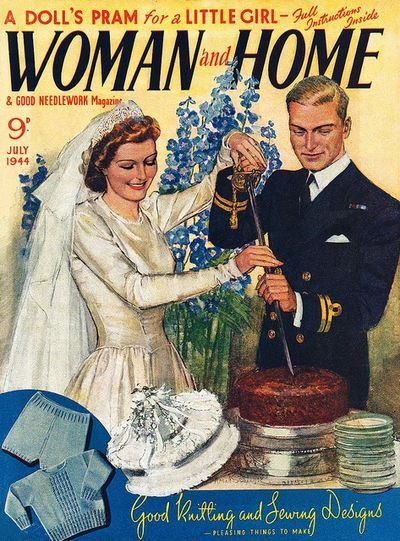

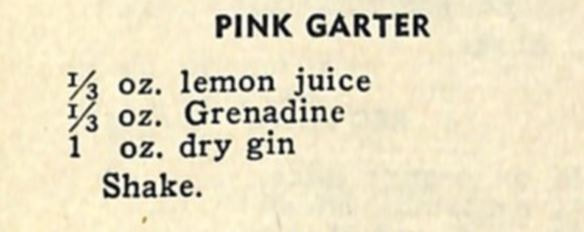
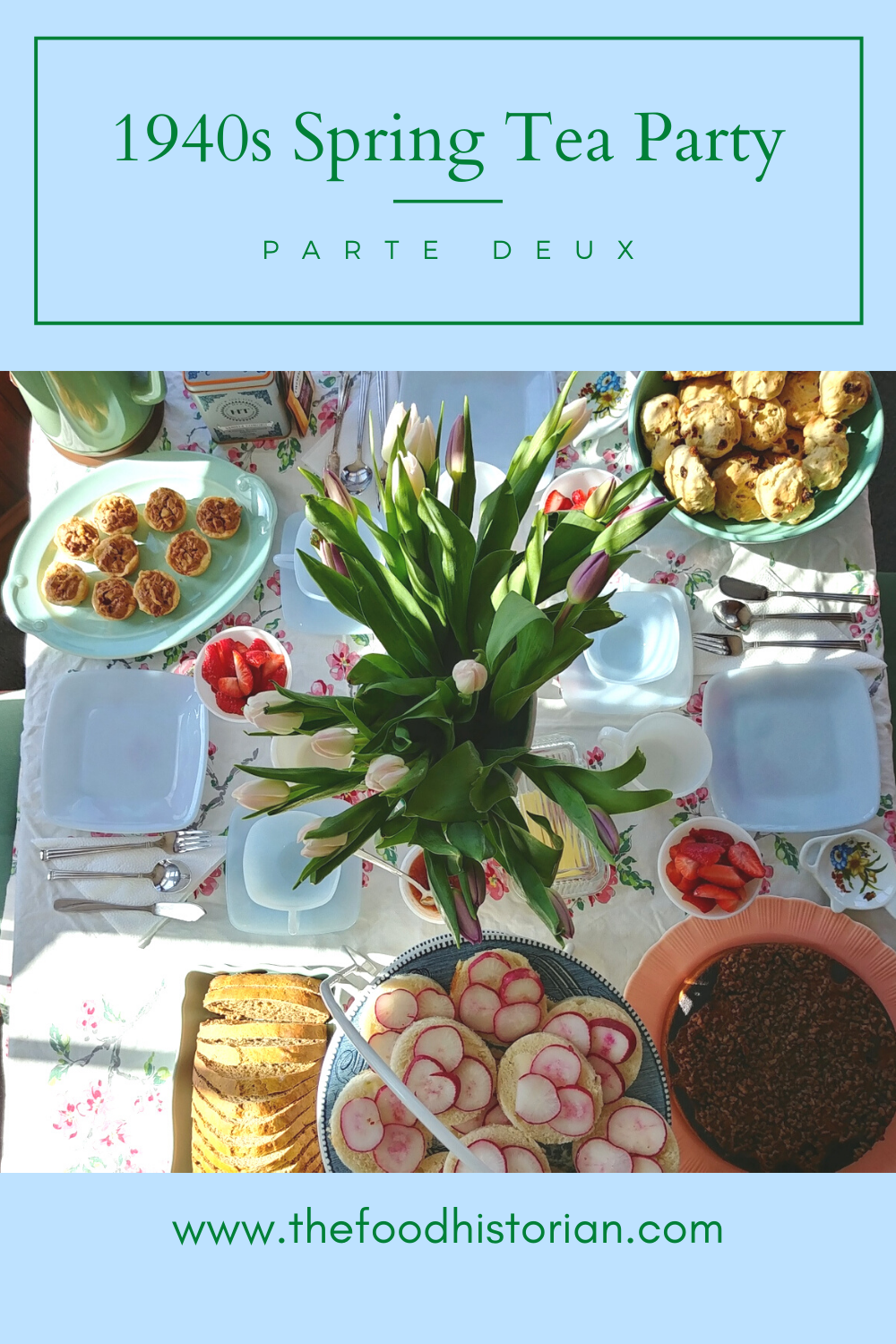
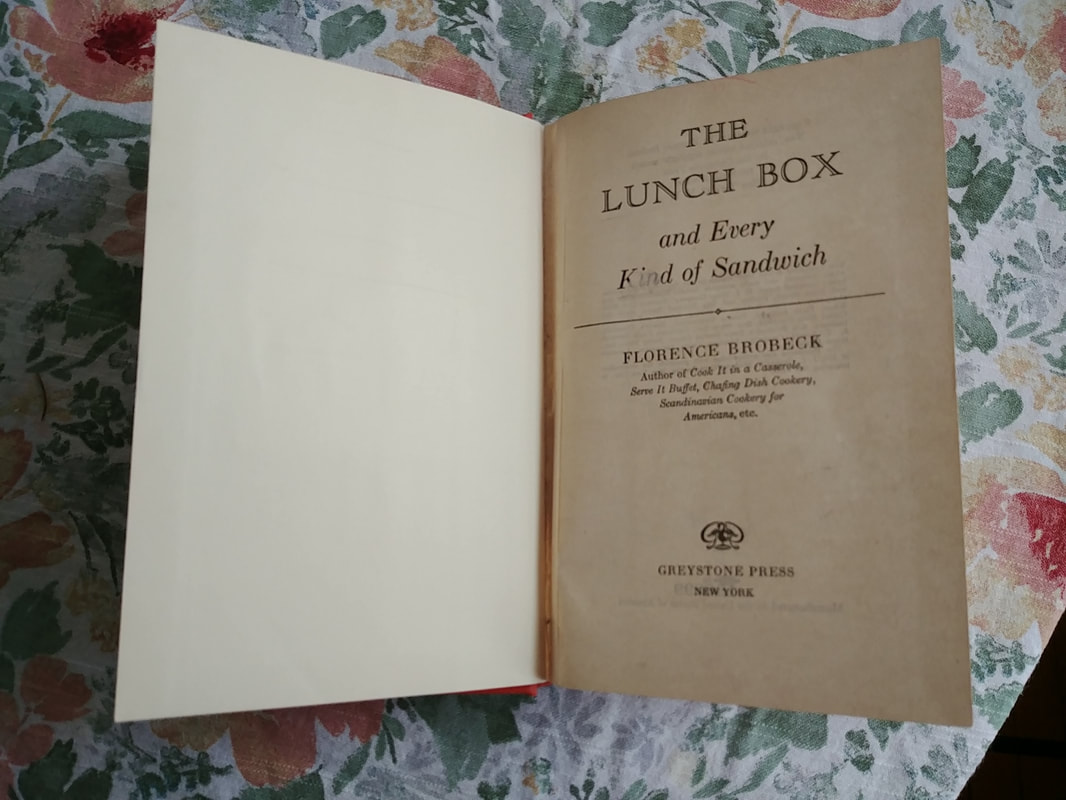
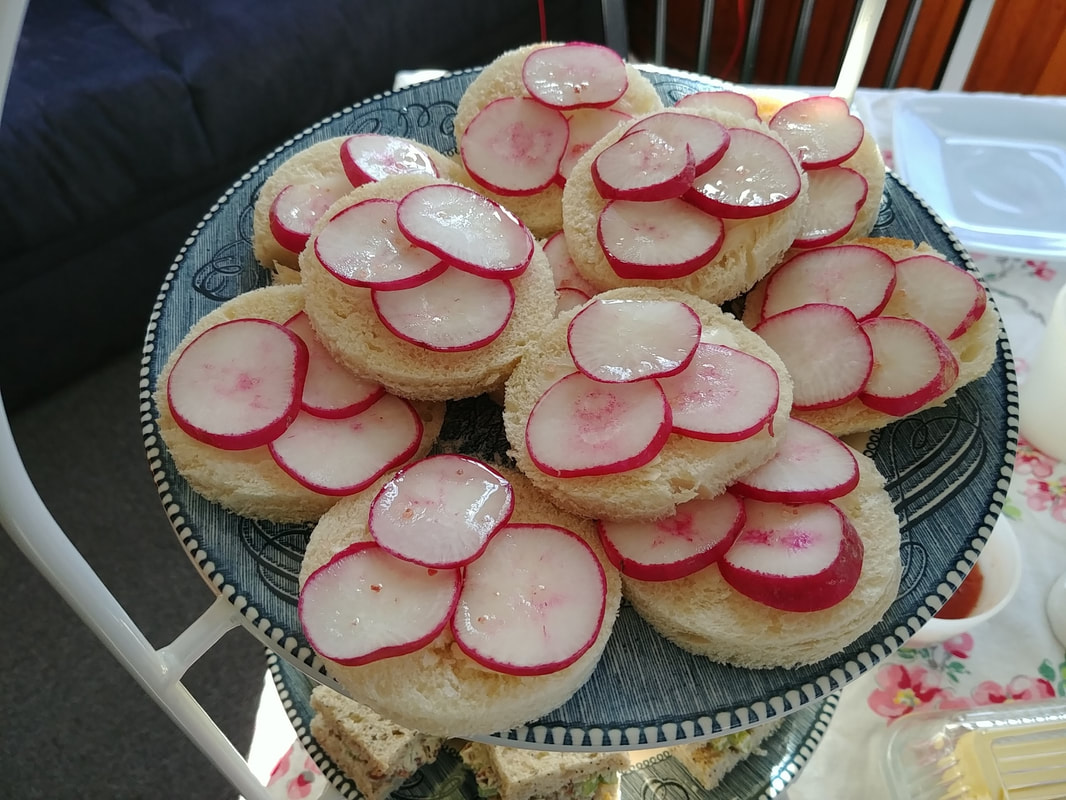
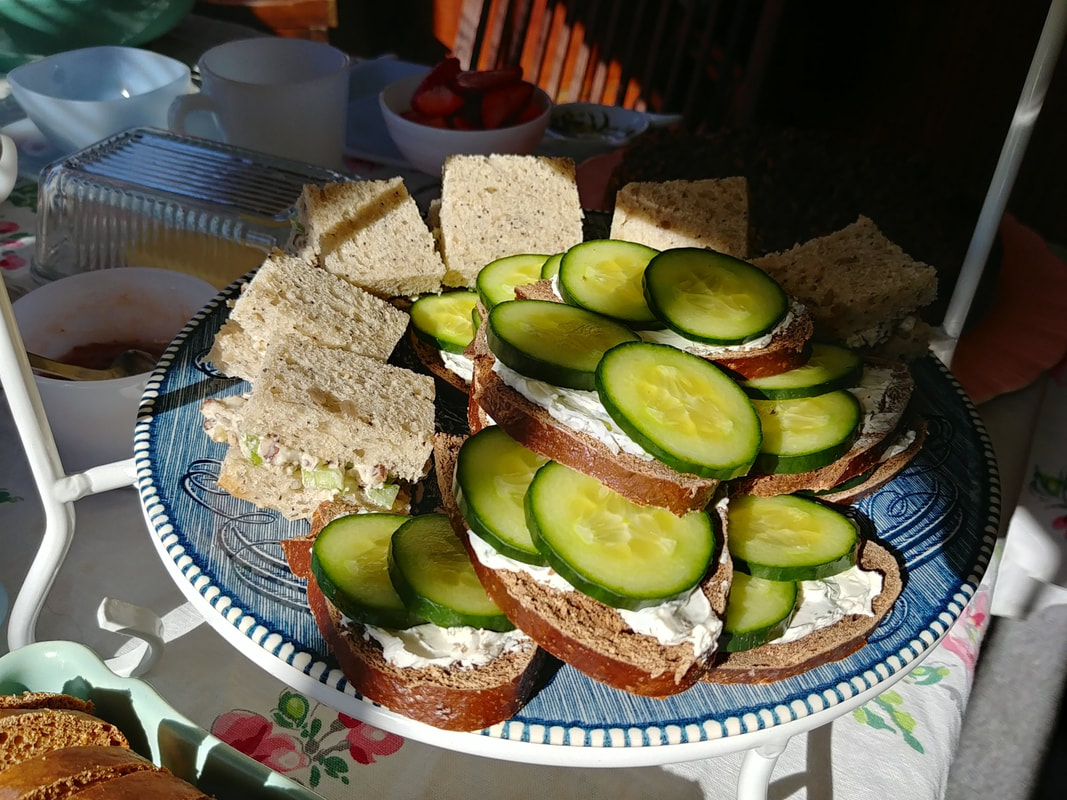
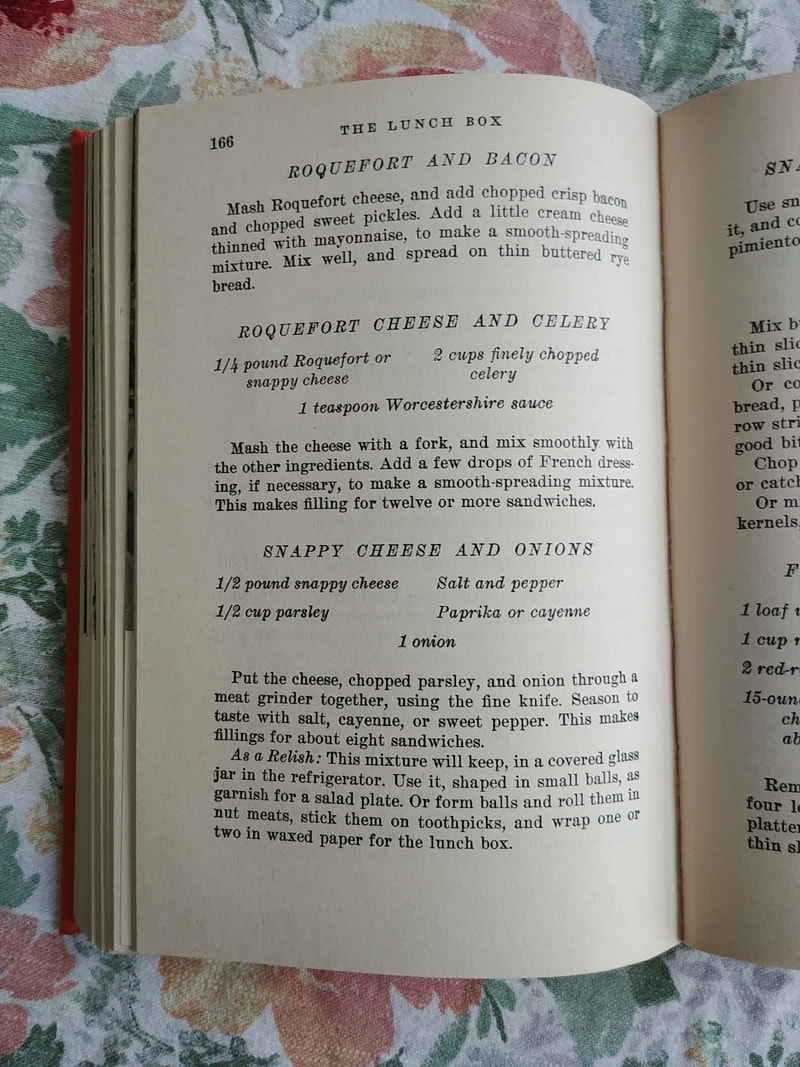
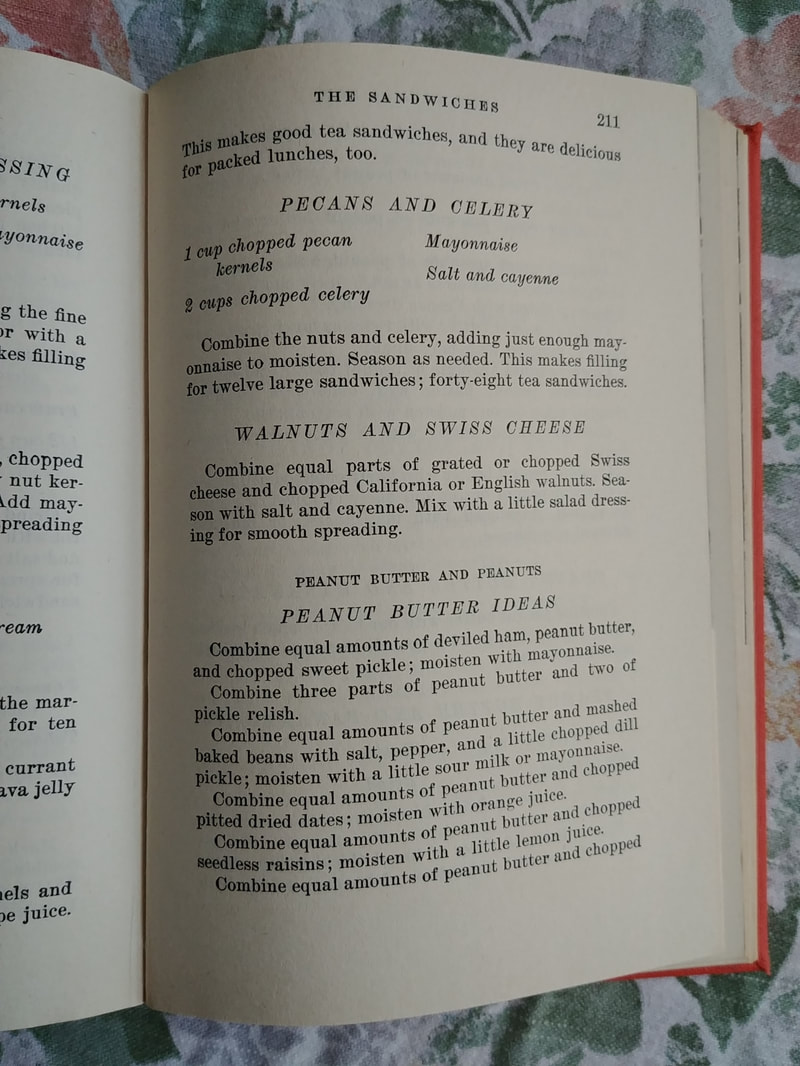
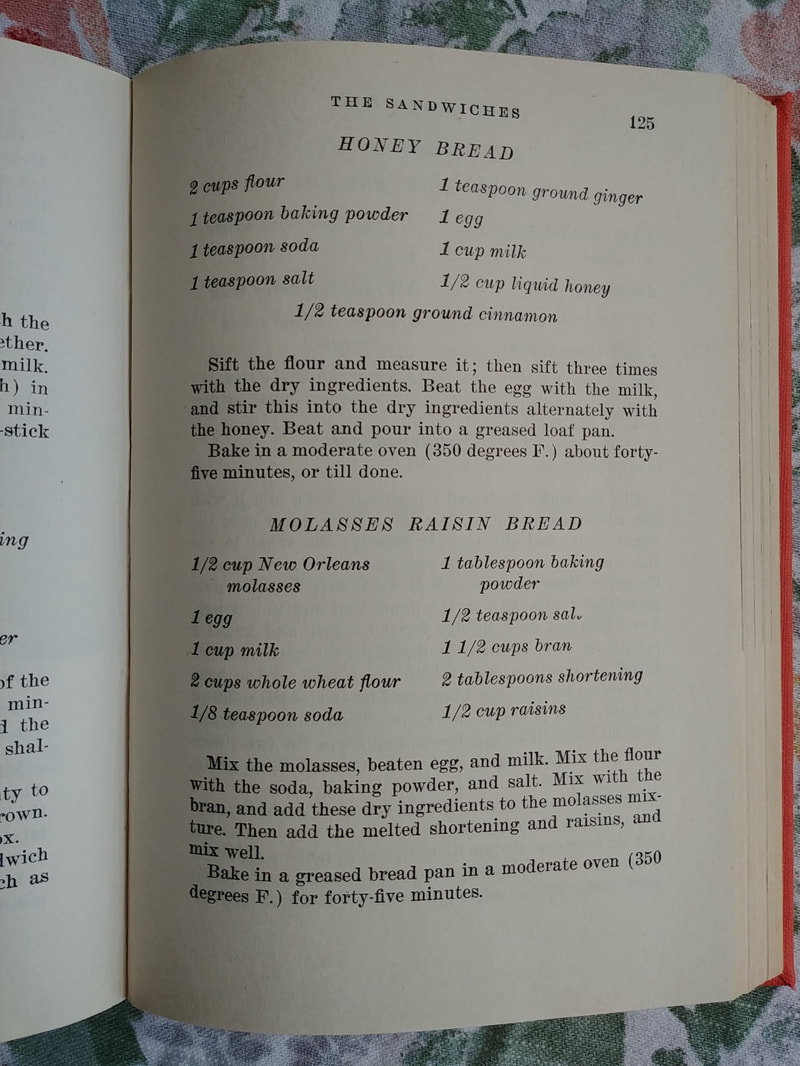
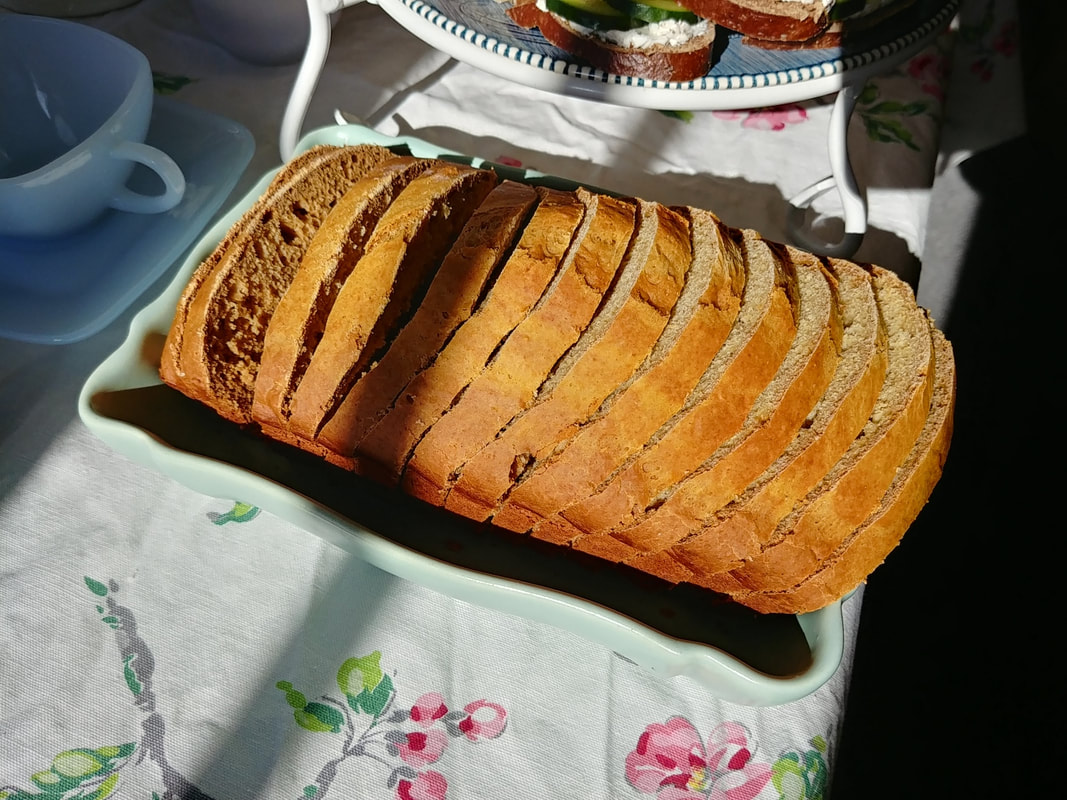
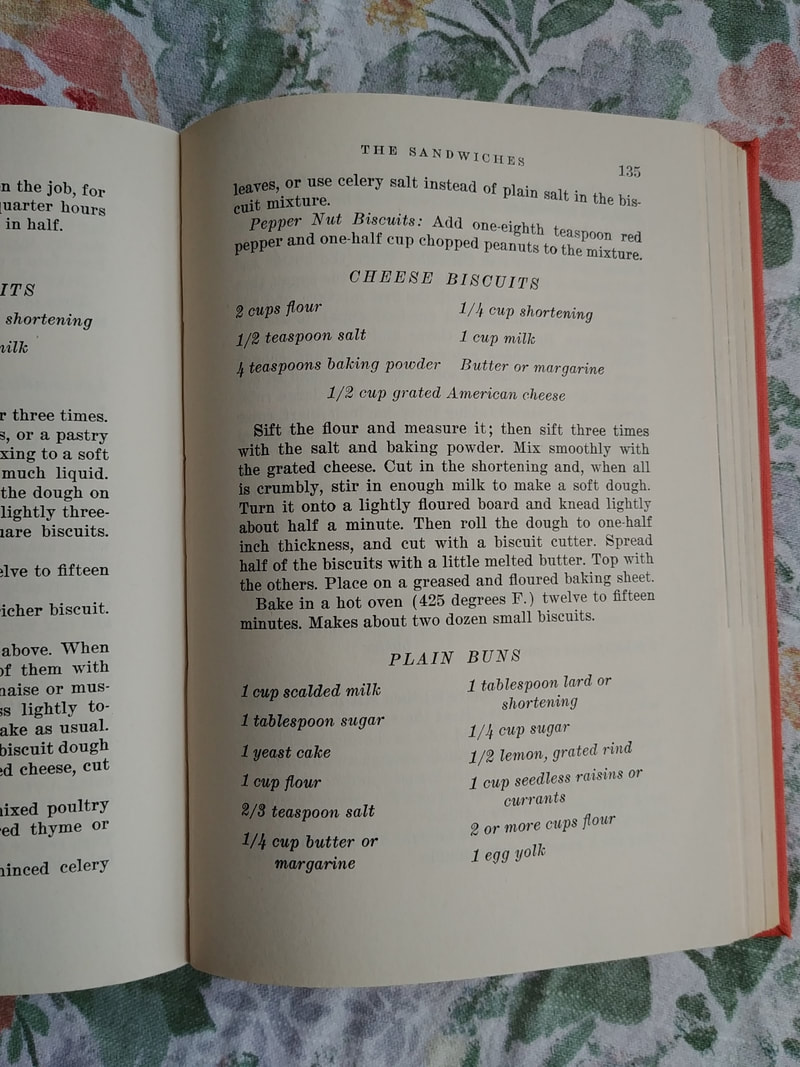
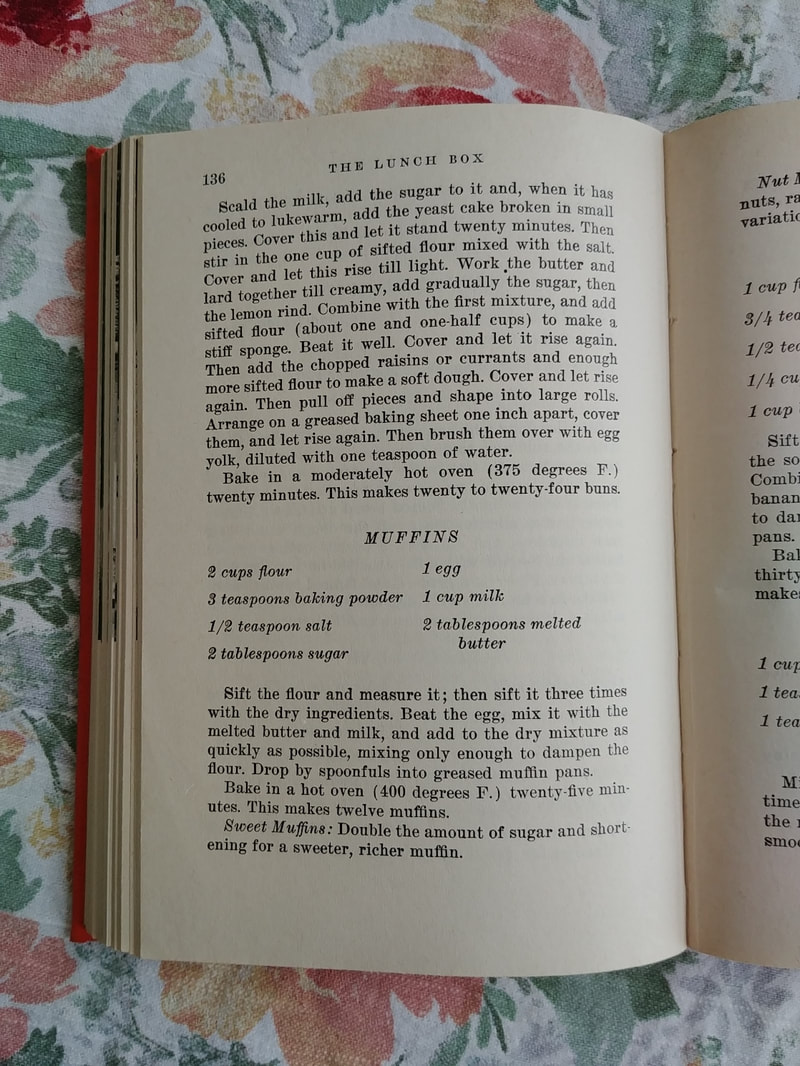
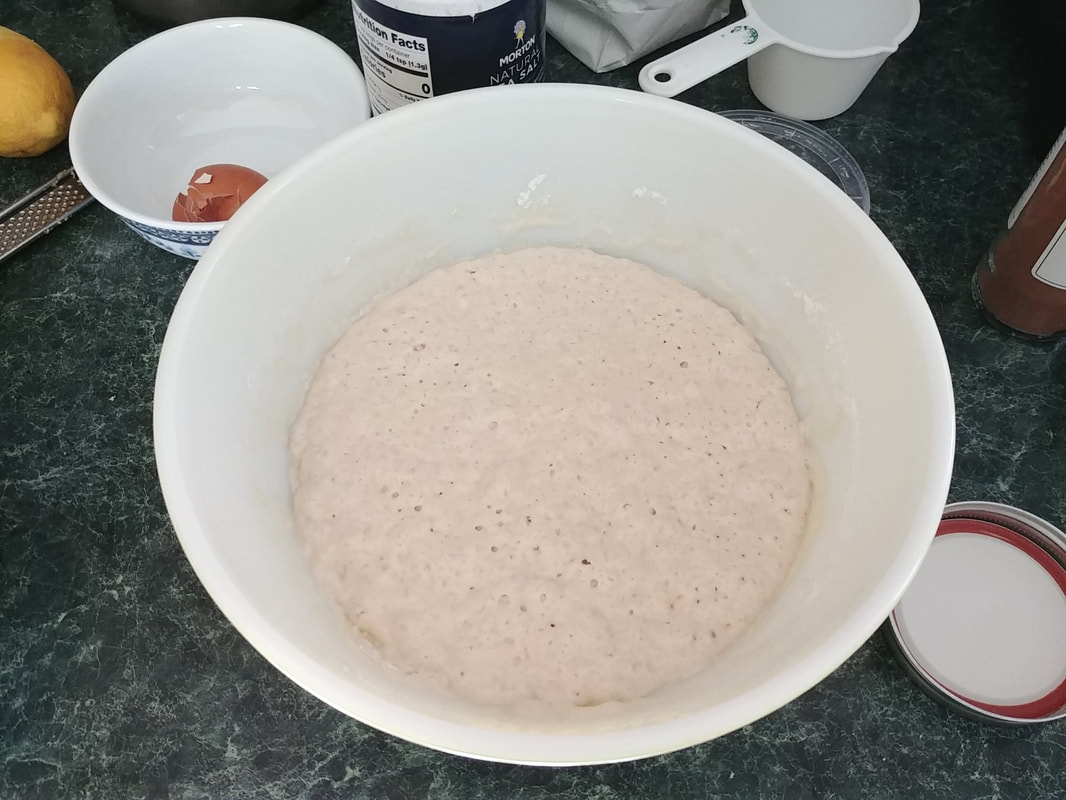

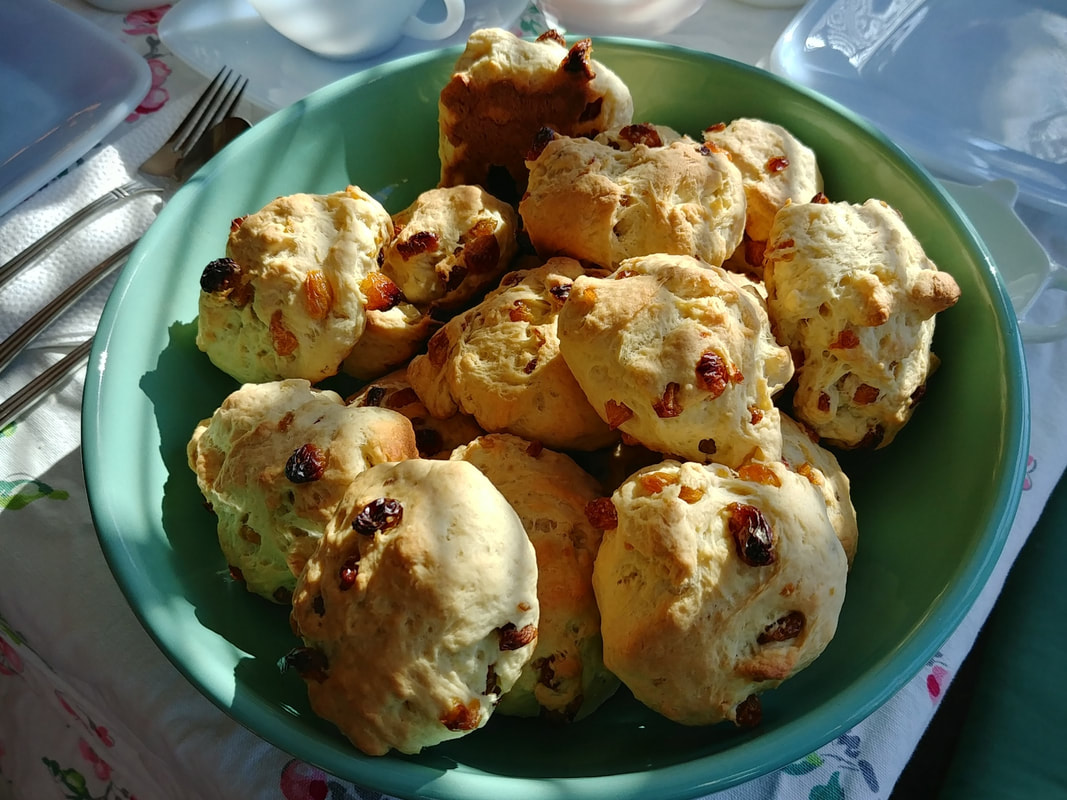
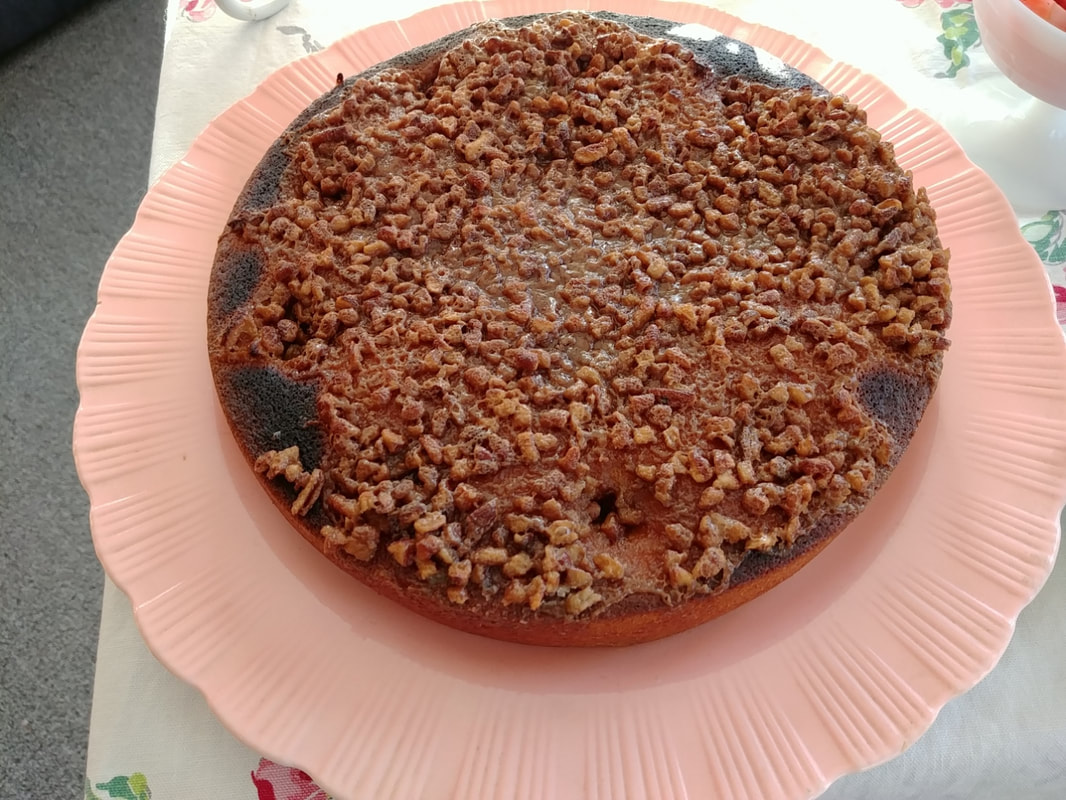
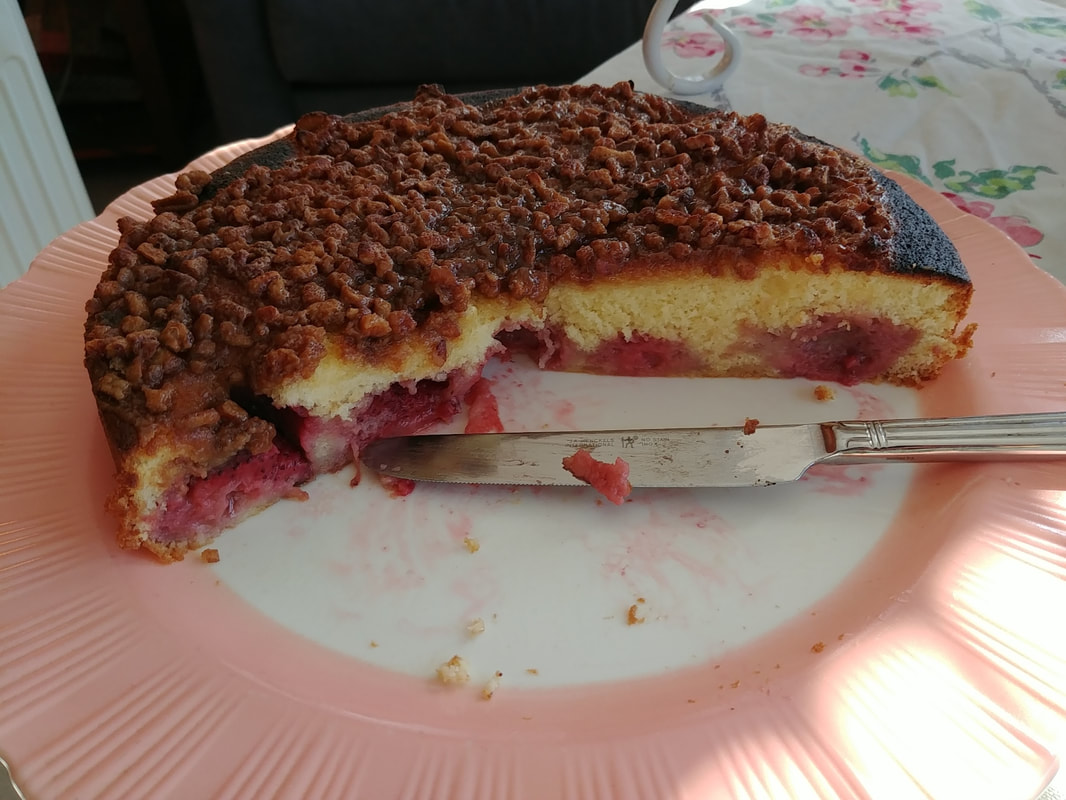
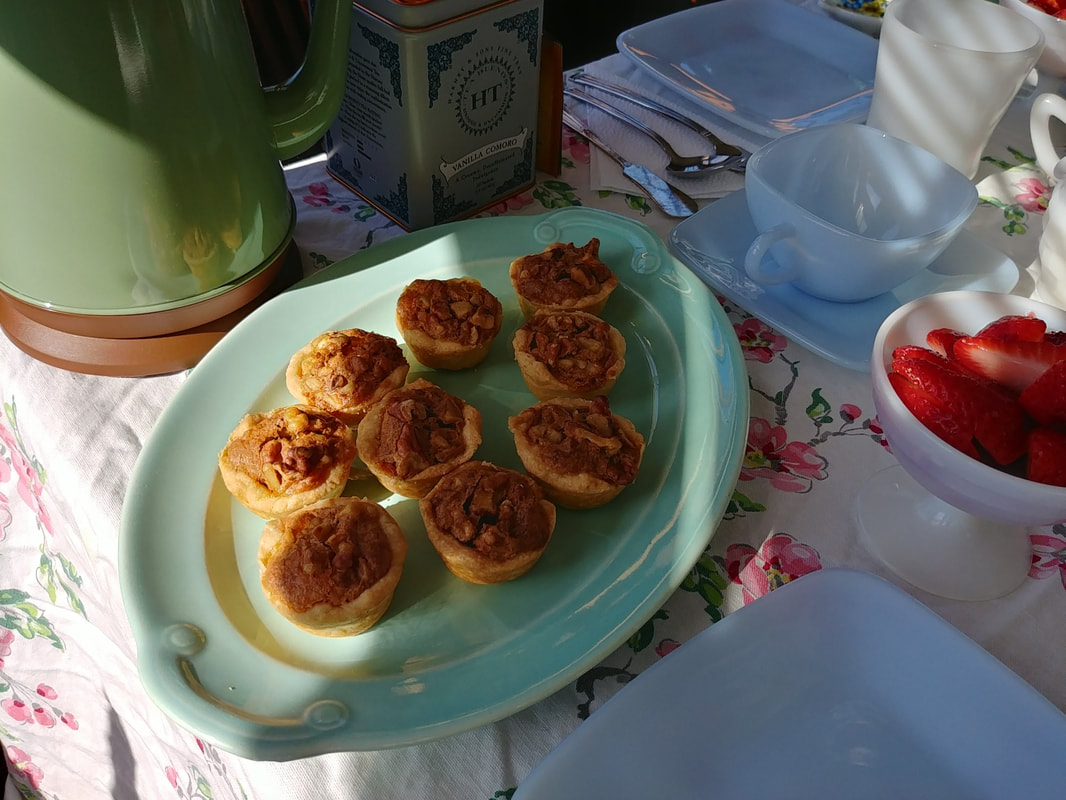

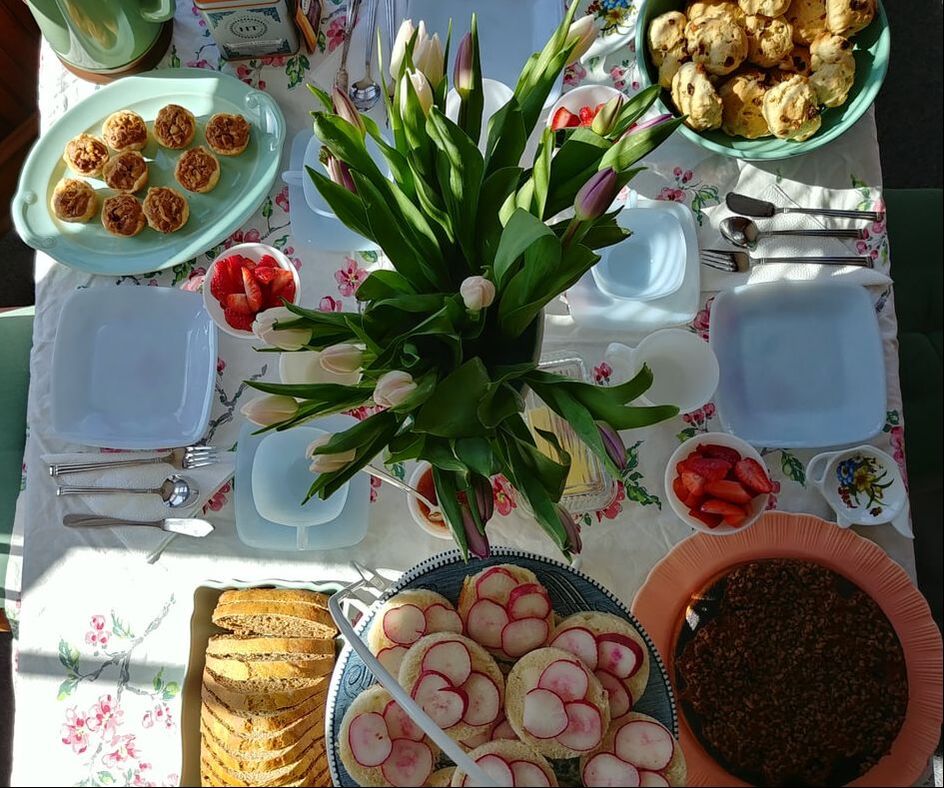
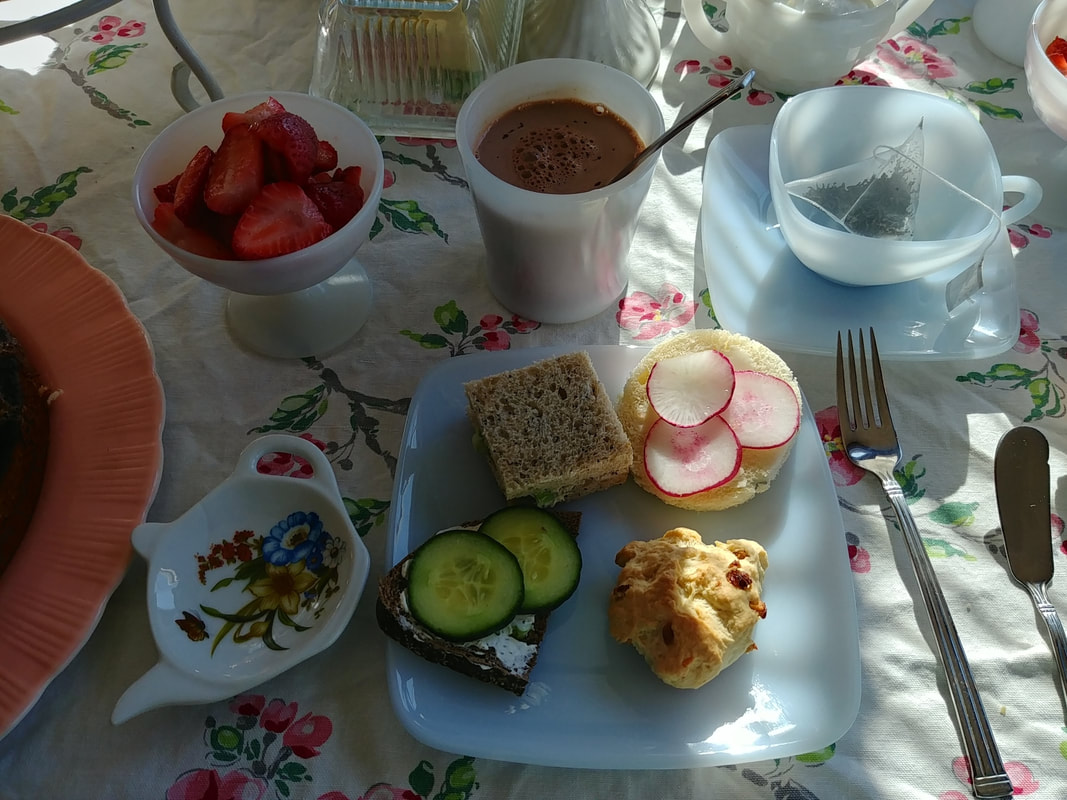
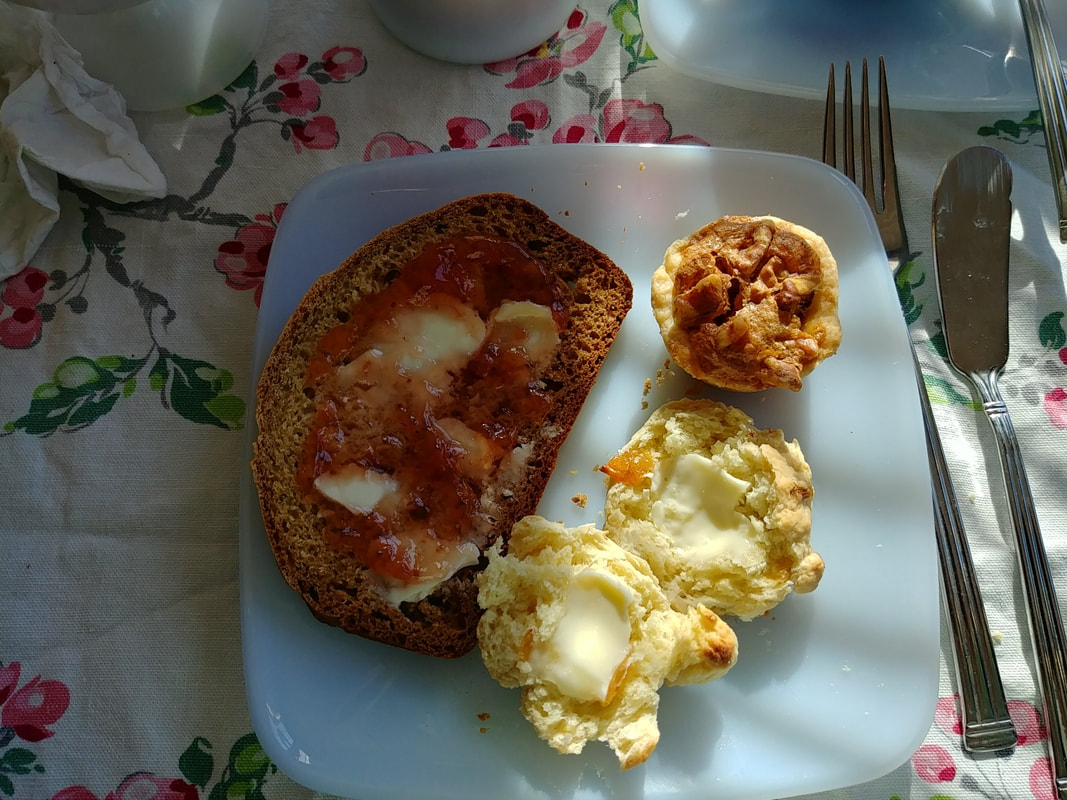
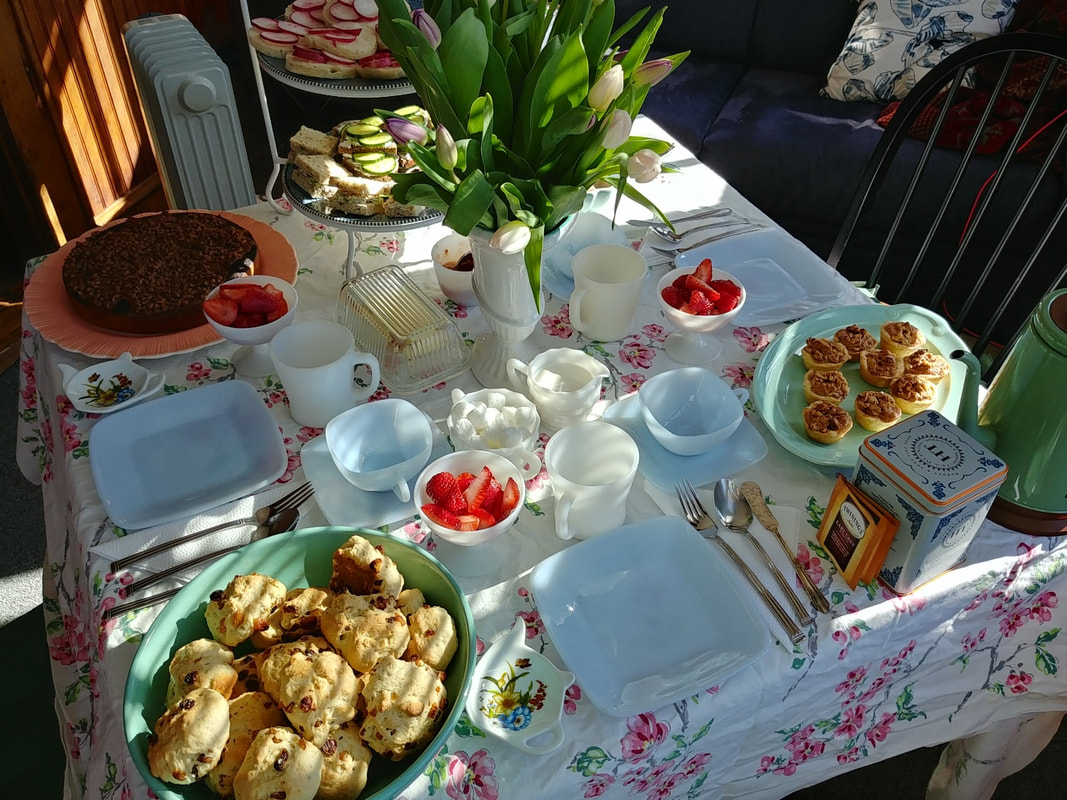
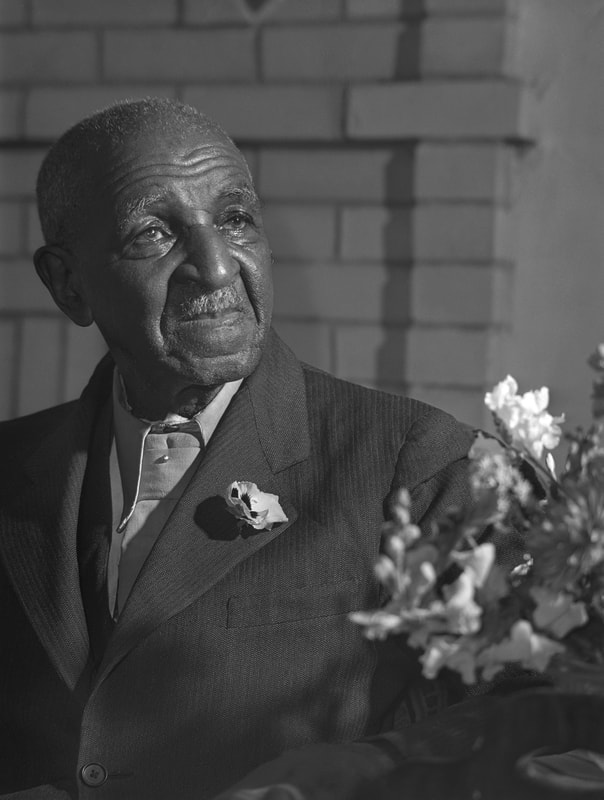
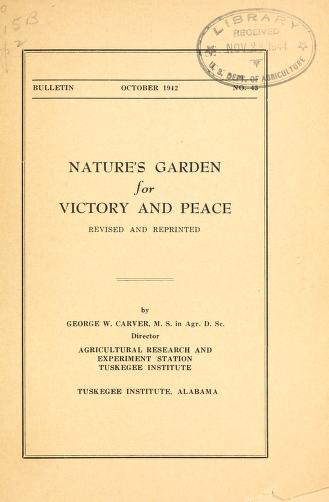
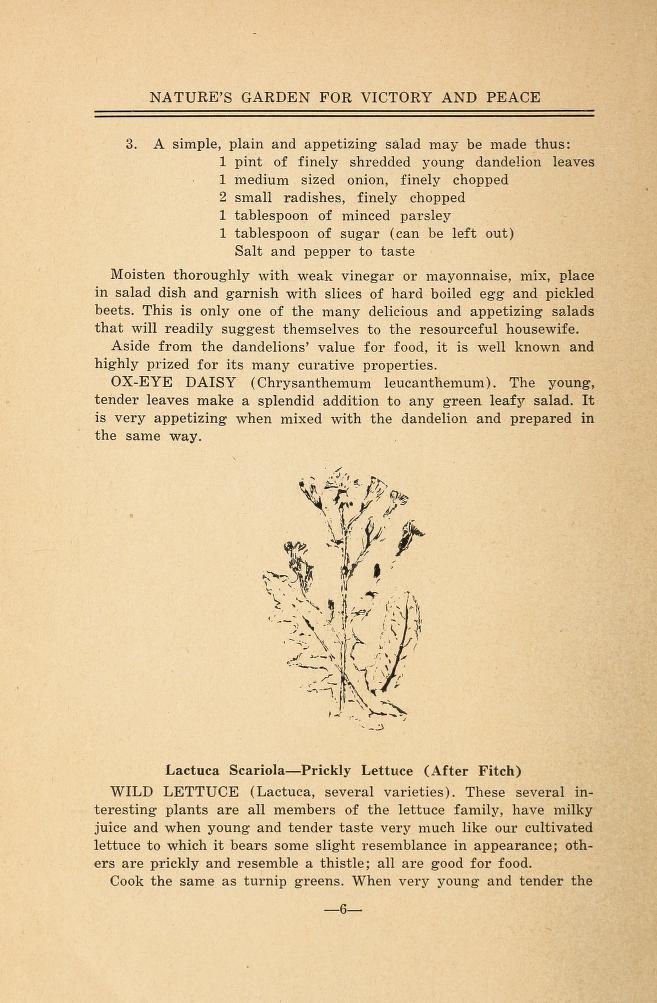
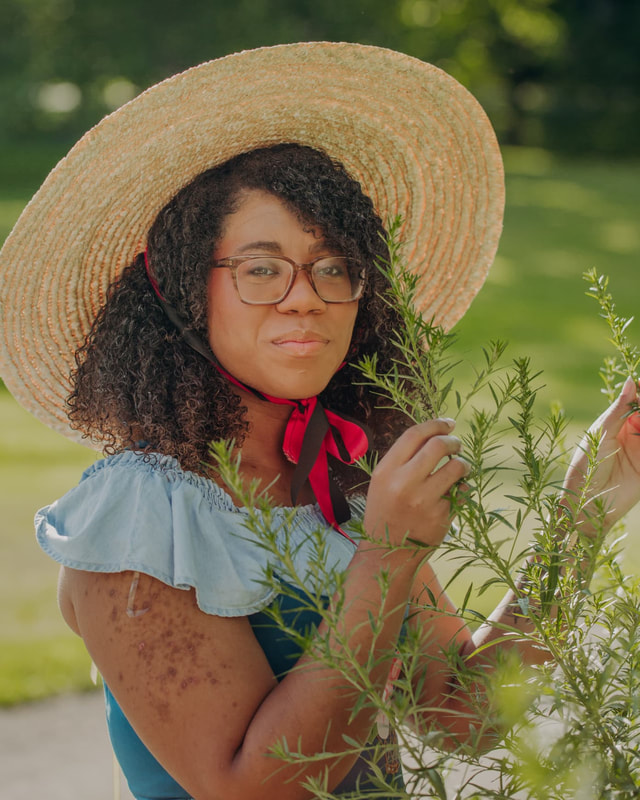
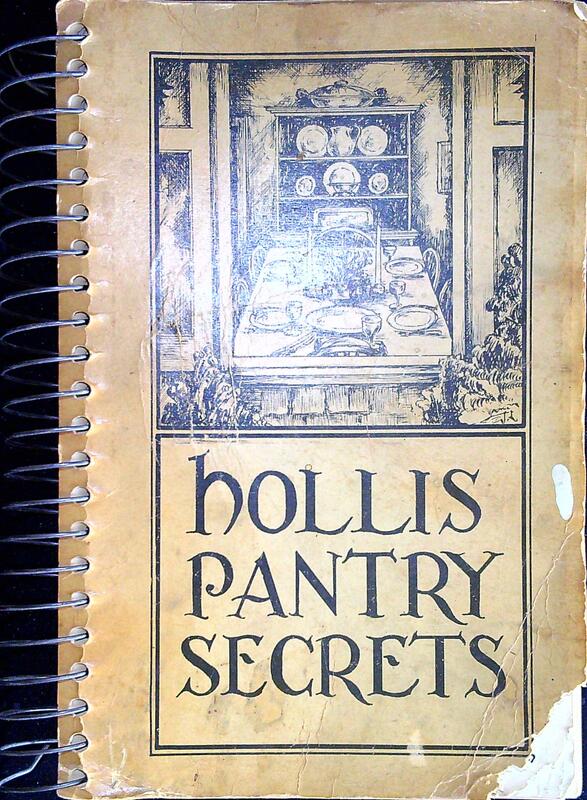
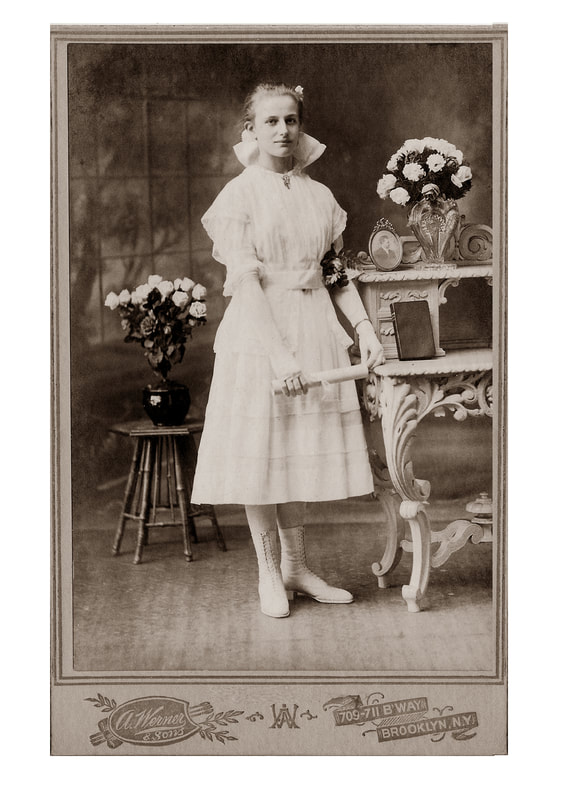
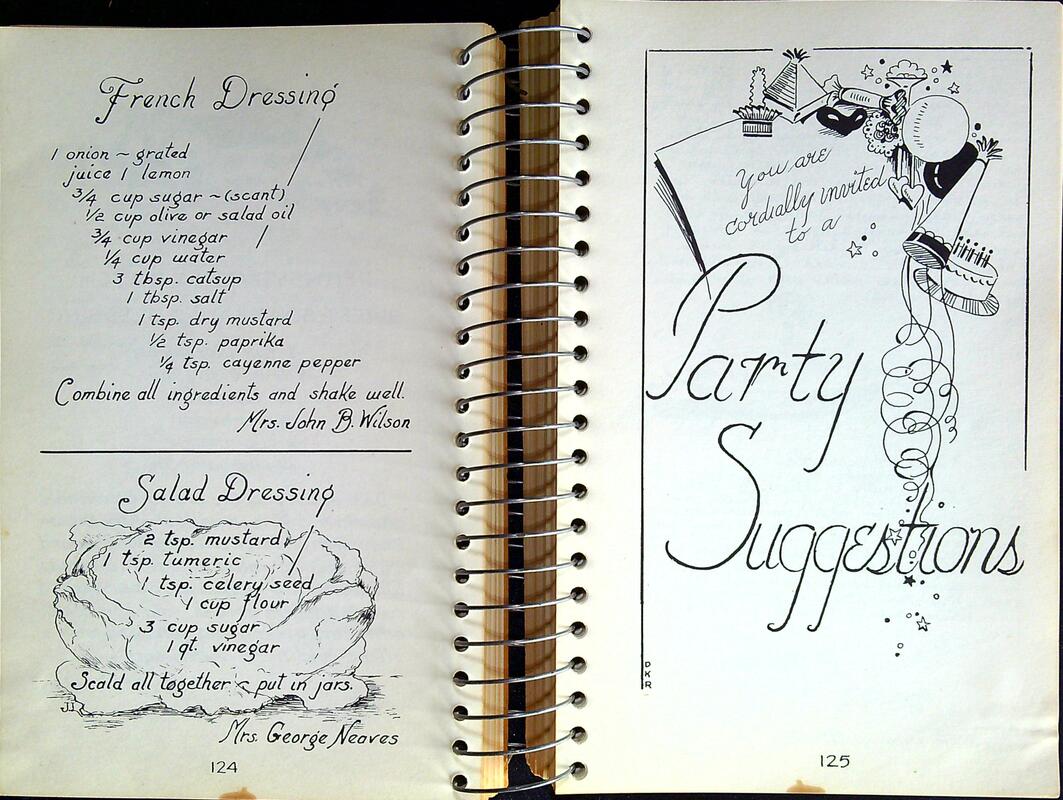
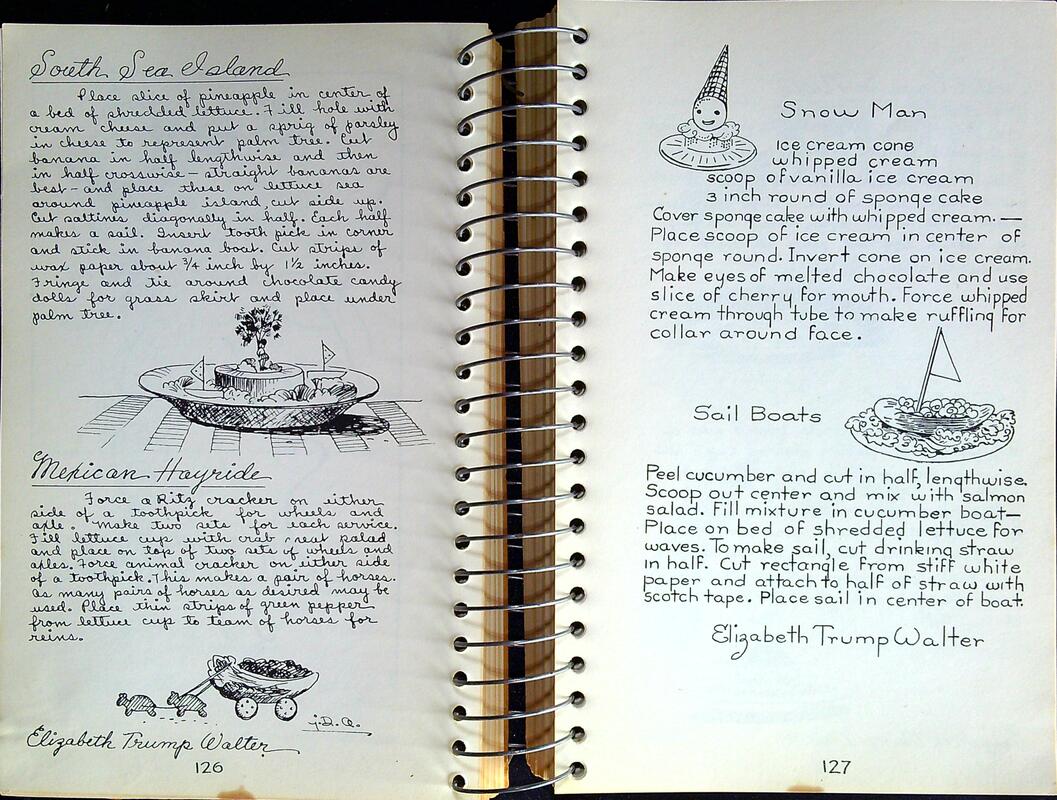
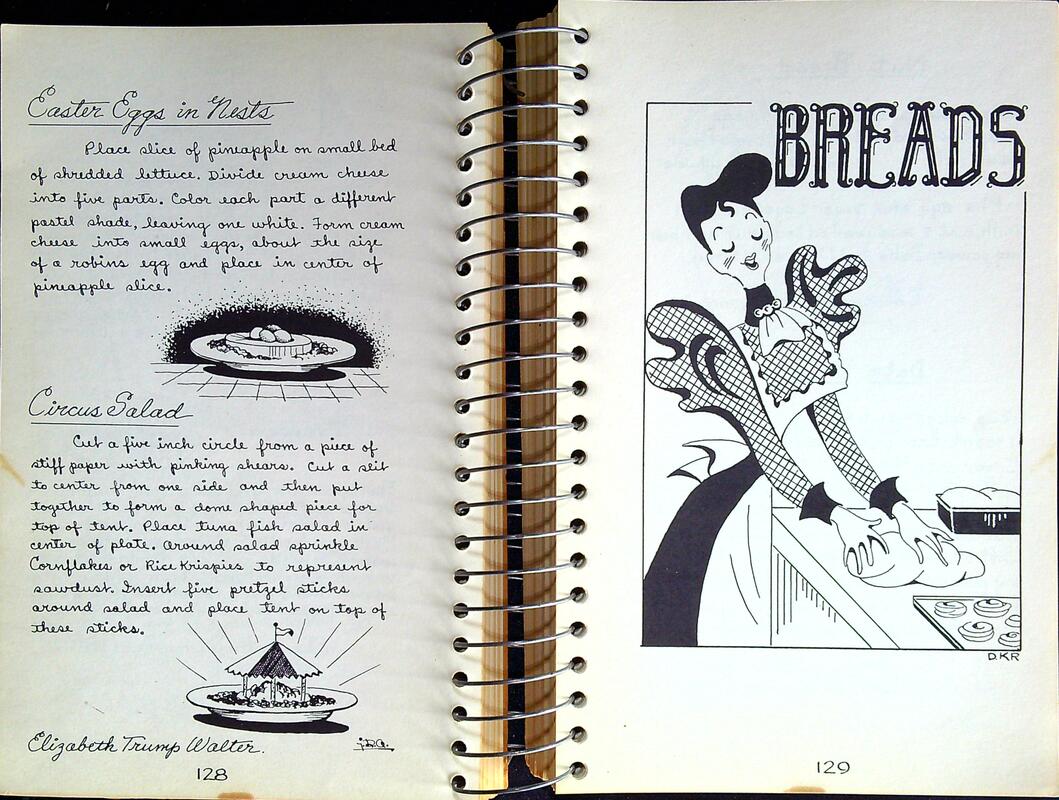
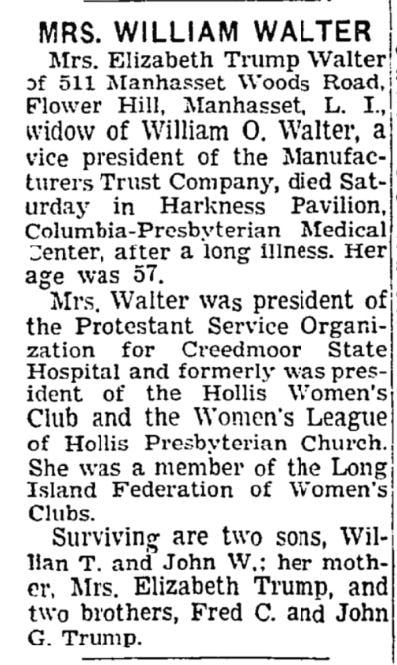

 RSS Feed
RSS Feed